|
No Peeking Allowed - Treadling Tips Forgive me if I am repeating things I talked about in other posts, but some things bear repeating. Everyone handles their treadling differently, and that is just the way of weaving: everyone has their own way. Personally I hate peeking at my feet while I weave. I feel it disrupts my rhythm and flow. I do several thing to make sure I do not have to peek. Walking the treadles: I almost always walk my treadles. Inside to outside. I find it easy to walk left right left right as I treadle. My shuttle is (almost) always moving toward the foot that is depressed. This is ergonomically preferably to using one foot over and over. And it is surprisingly easy to manage walking the treadles with most treadling patterns. My treadles on a 10 treadle loom would be set up for walking as follows:
Examples of my cheat sheets:
0 Comments
I have long used rubber bands on my treadles to mark my path and help me treadle without peeking. It is a great tip. But I go through rubber bands like they are water because they dry rot very quickly. And they are hard to roll up and down the treadles between projects.
Walking the treadles: I tend to walk my treadles from the center out whenever my pattern allows me to do so. When I do that, I will put bands on the two center treadles so I can find my way back to center without peeking. I also place bands on every other treadle going out from the center. Treadling straight across: On the rare occasion that I tie up my treadles straight across, I simply put bands on the odd treadles and leave the even numbered treadles naked. Treadling pattern with tabby If I have 2 tabby treadles and a group of pattern treadles, my personal preference is to have the tabby treadles on one side and the pattern treadles on the other. If the tabby treadles are on the left, I will put a band on tabby a and leave tabby b naked. I will then put bands on all of the odd numbered pattern treadles and leave the even numbered pattern treadles naked. When we first learn to weave we usually are taught to tie up our treadles from left to right just as they are written in a typical draft. Traditionally, you would set up the treadles from left to right as they are written in the tieup: Treadle 1 2 Center 3 4 Lifting 12 23 34 41 Foot --Left-- --Right-- To weave this pattern, you would use your left foot to weave treadle 1 followed by treadle 2, then switch to your right foot to weave treadles 3 followed by treadle 4. Walking the treadles is a much more comfortable, ergonomic alternative to this. The treadles still lift the same harnesses in the same order in order to get the same pattern. The difference is that the treadles under the loom are not tied up from left to right. They are tied up so that you can “walk” the treadles left-right-left-right from the center out. Your odd numbered treadles will be on the left, even on the right.
Advantages to walking the treadles:
My Treadle Minder When weaving my Bronson Weave tieup, my left foot travels from treadles 1 to 2 and back, while my right foot travels down the pattern treadles 3,4,5,6,7,8,9 and 10. My feet are always treadling left right, left right. But my left foot is going 1-2-1-2-1-2 while my right is going 3-4-5-6-7-8-9-10. For my brain this is a little like patting my head and rubbing my tummy, and I have always had the tendency for my left foot to "wander" to treadle 3.
This would work well for any pattern where you left foot is working one set of treadles independently from your right. For example, I use the left 2 treadles for tie down treadles and the treadles to the right for pattern treadles in summer and winter.
|
Pattie LambI have been happily weaving since my son was born in 1988. Archives
June 2023
Categories
All
|


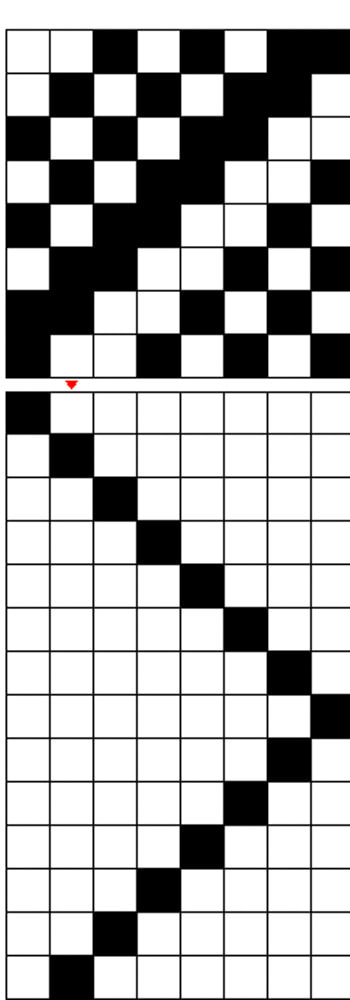
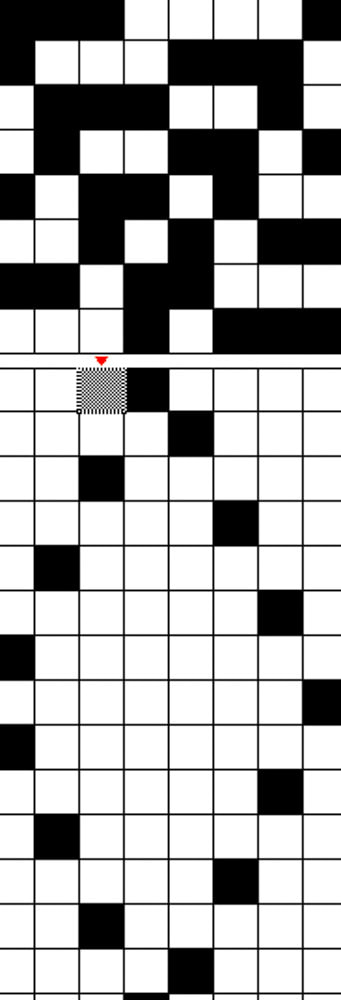

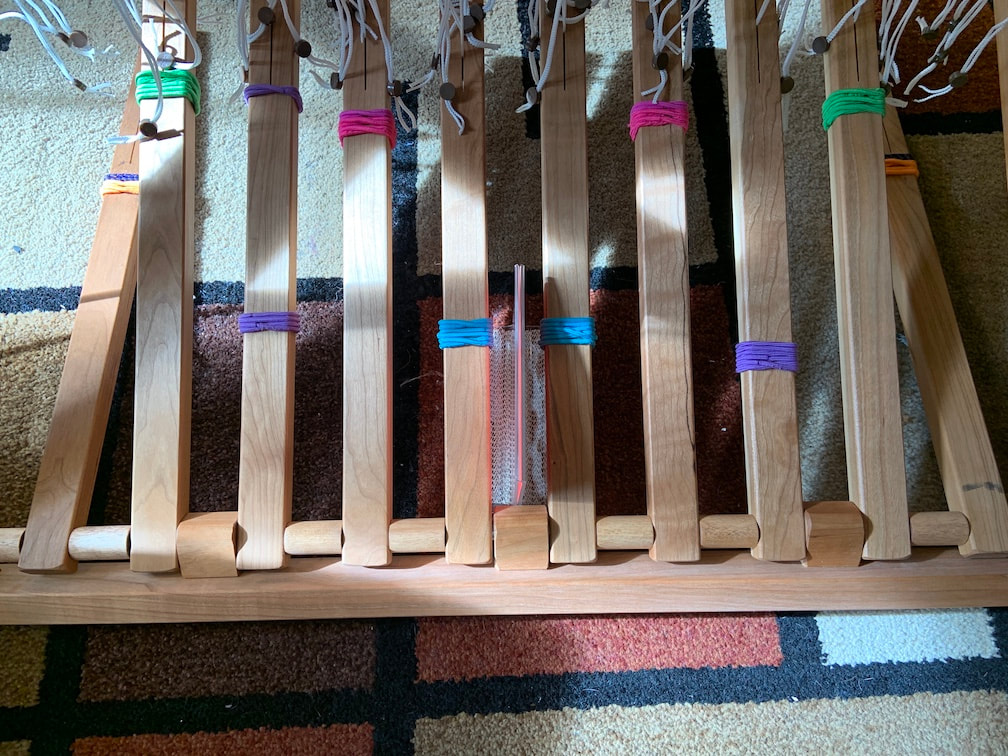
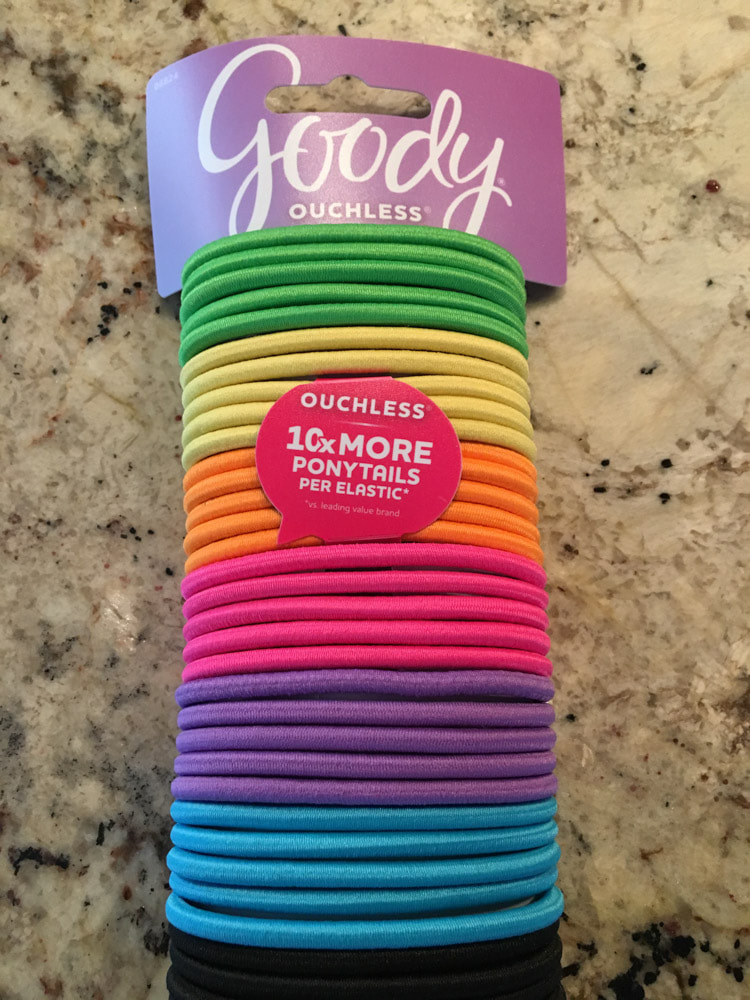
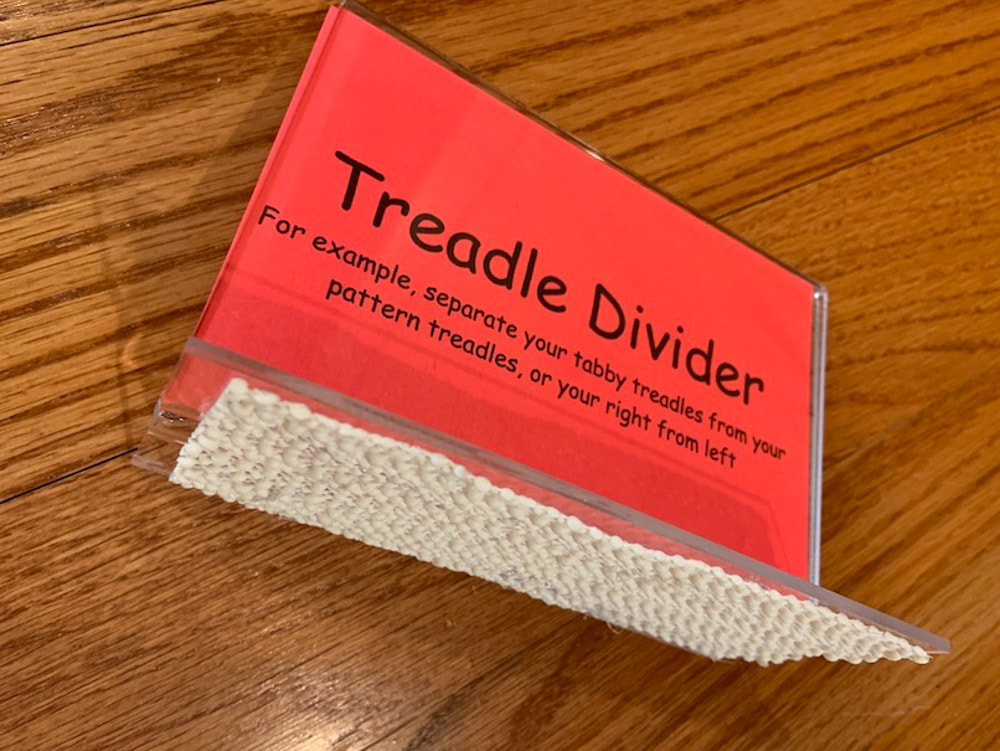
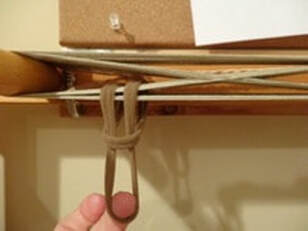




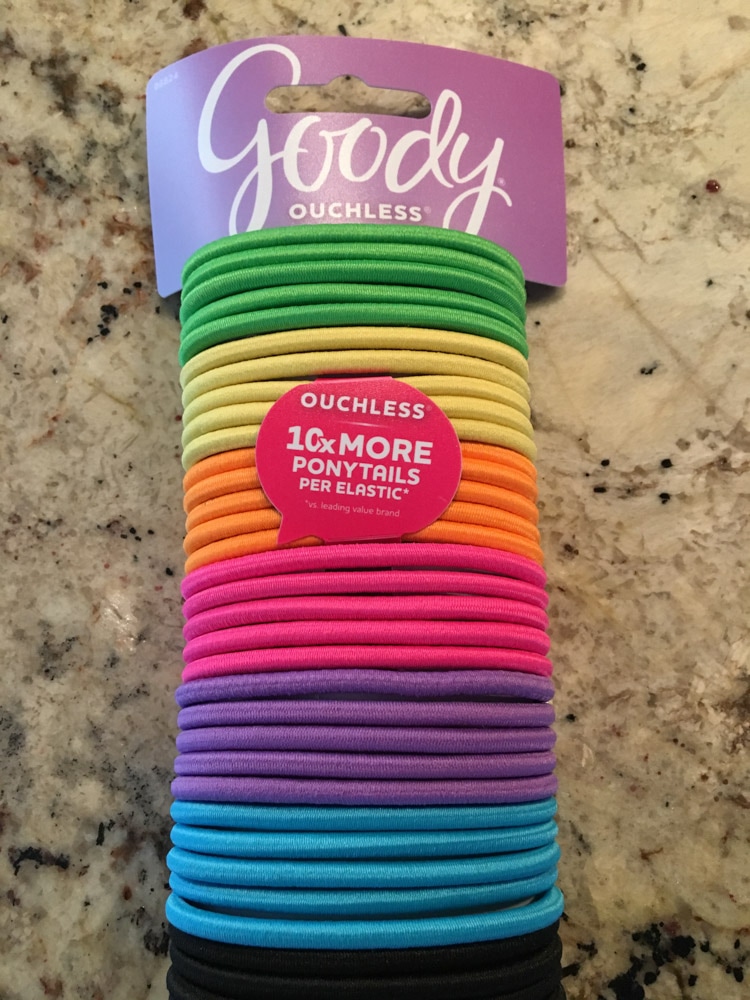
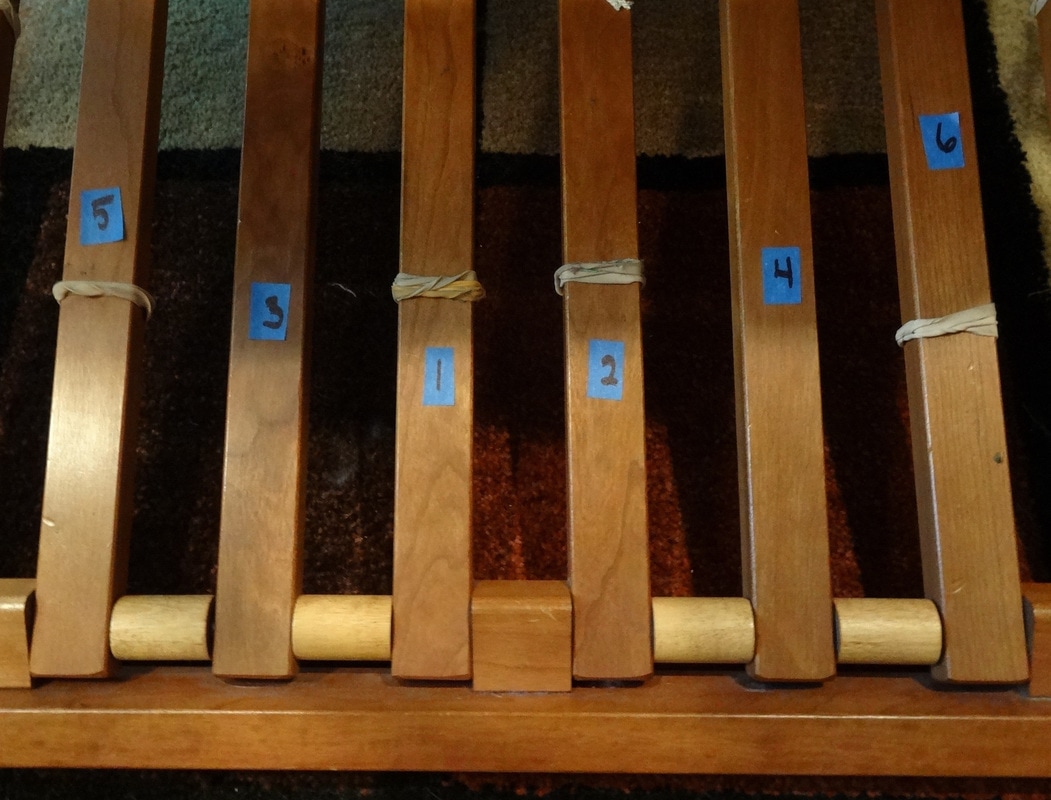
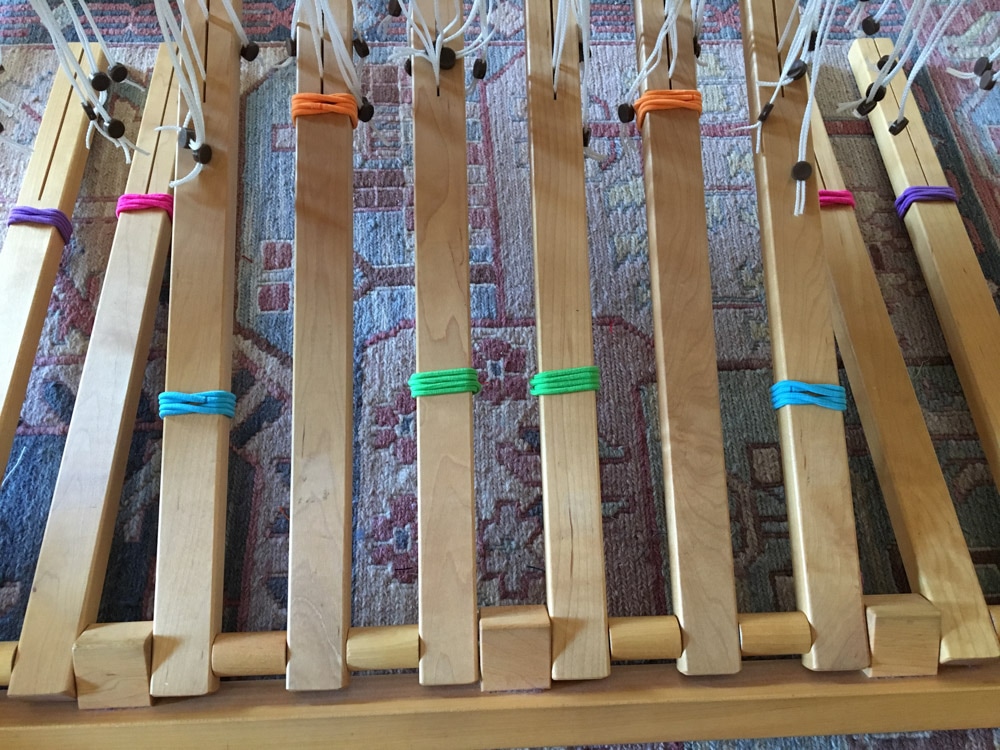



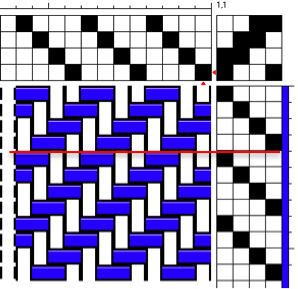
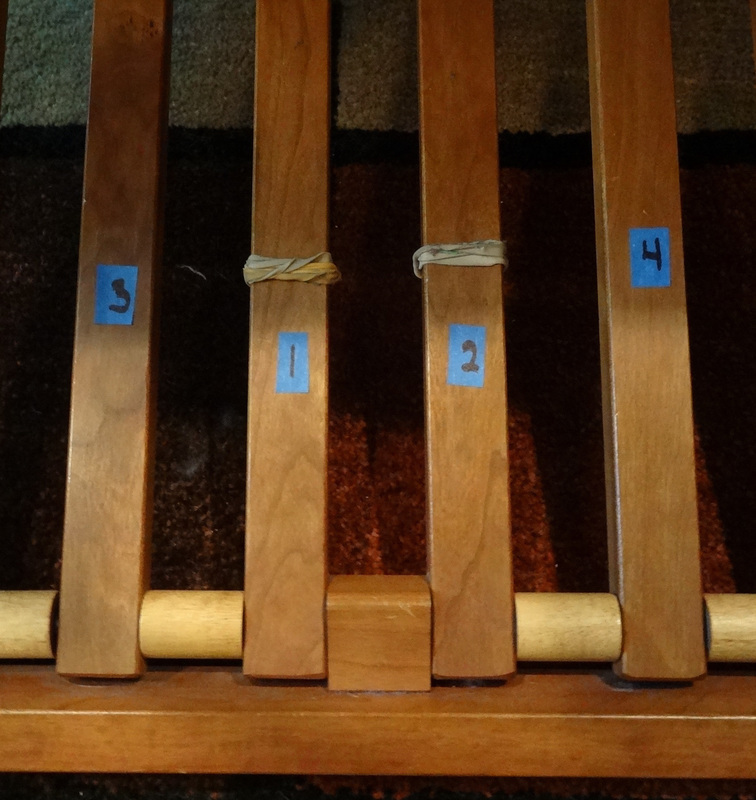
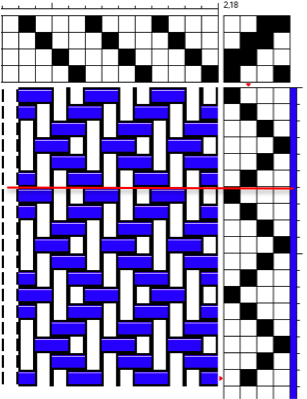
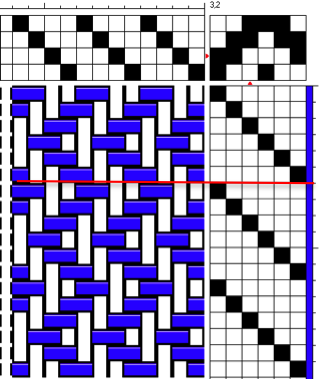
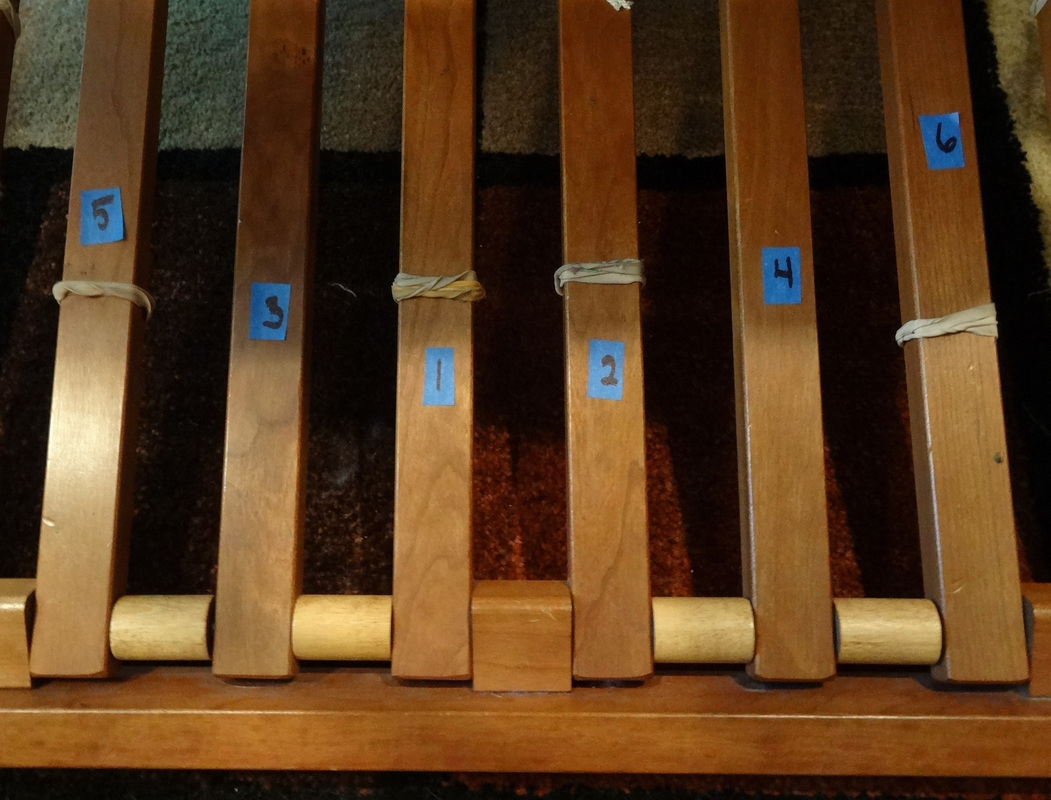
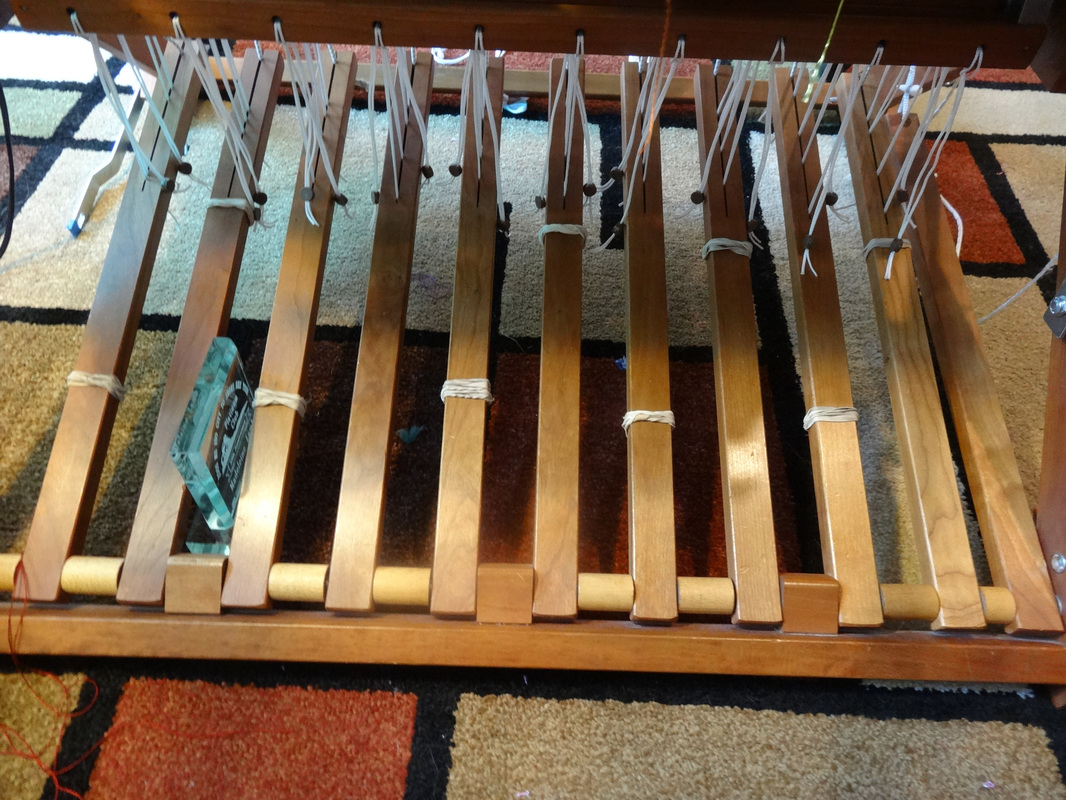
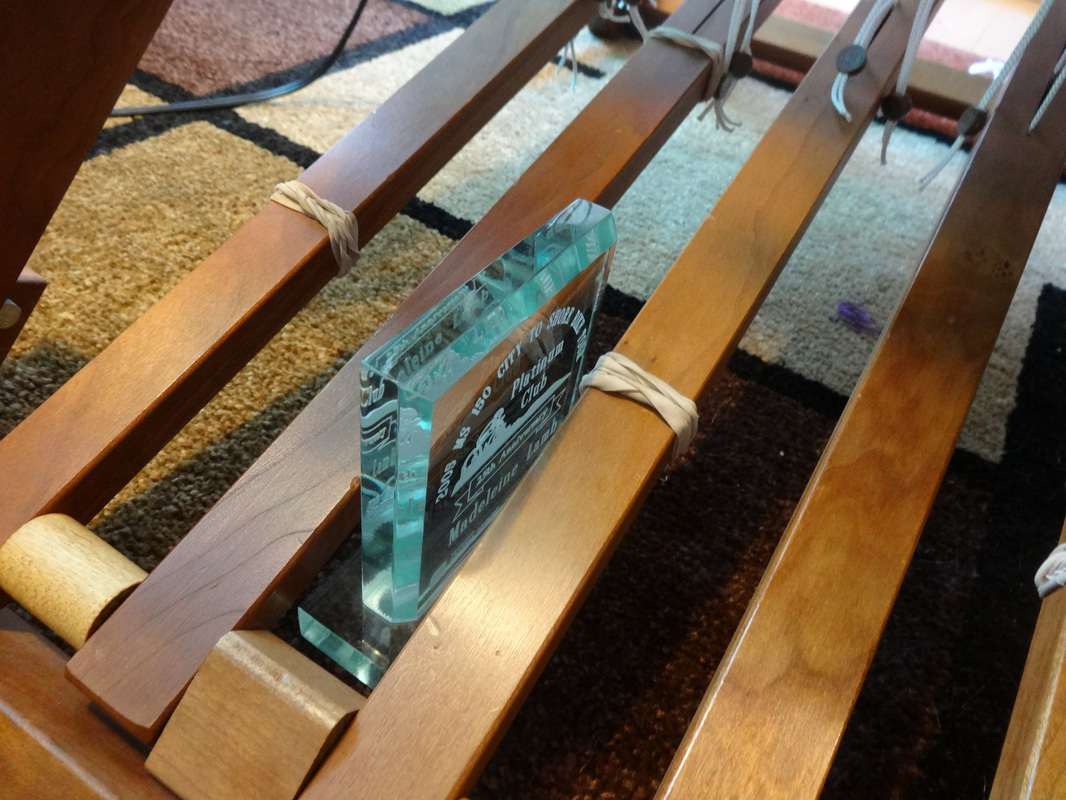
 RSS Feed
RSS Feed